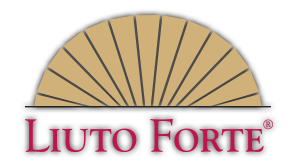The Fingerboard
On all models of liuto forte the fingerboard is arched to a greater or lesser extent. This camber flattens off gently towards the junction with the body and is mainly intended to facilitate the barrée on the first through fifth frets. Instruments in the D minor tuning require more curvature than, for example, the liuto forte in E.



